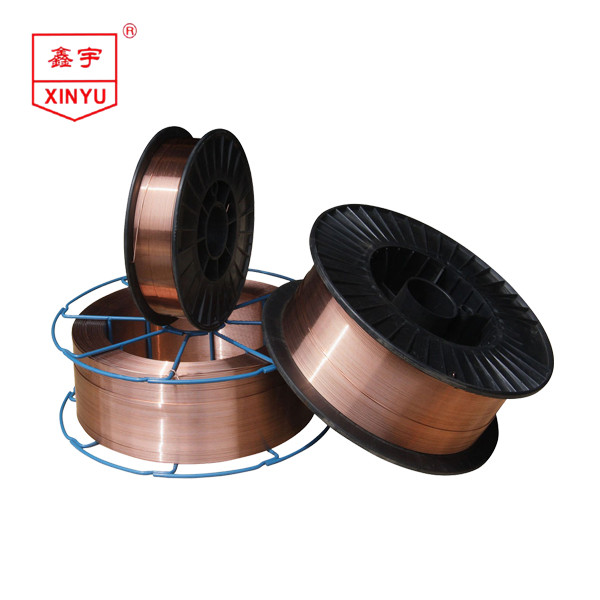Our company is a welding wire manufacturer in China, we not only provide high strength steel wire, but also supply some knowledge about welding wire. Today I will introduce the pores that generated by welding.
Pores are small voids or defects that can occur in a welded joint. They are typically caused by gas entrapment during the welding process, and can result in reduced strength and corrosion resistance in the welded joint. Pores can be generated by a variety of factors, including:
Insufficient shielding: If the welding area is not adequately shielded from the surrounding environment, gases can be trapped in the weld pool, resulting in pores.
Poor fit-up: If the parts to be welded do not fit together properly, it can cause gas pockets to form in the weld, resulting in pores.
Inaccurate welding parameters: If the welding parameters (such as the current, voltage, or travel speed) are not set correctly, it can result in pores.
Poor joint preparation: If the joint is not properly prepared (such as by failing to remove surface contaminants or properly align the parts to be welded), it can result in pores.
Improper welding technique: If the welder is not properly trained or is using the wrong welding techniques, it can result in pores.

The following are some of the stoma produced by welding:
1. Carbon monoxide pores
CO porosity is mainly due to the pool of FeO and C occurred in the following reduction reaction:
FeO + C = Fe + CO
This reaction is carried out more intensely when the bath is at the crystallization temperature. At the same time, since the molten pool has begun to solidify the CO gas is not easy to escape, so the formation of CO pores in the weld.
2. Hydrogen pores
Wire, the surface of the oil and rust, as well as the gas contained in the water contains hydrogen, they will be in the arc under high temperature decomposition of hydrogen. Hydrogen is hardly soluble in solid metals and easily soluble in molten metal. If the molten pool at high temperature dissolved into a large number of hydrogen, in the crystallization process can not be fully discharged, then stay in the weld metal to form pores.
3. Nitrogen hole
Nitrogen pore formation and hydrogen pore similar, are due to the gas in the solid metal and molten metal solubility differences. The source of nitrogen: First, the air intrusion into the welding zone; two inert gas purity is not enough protection.